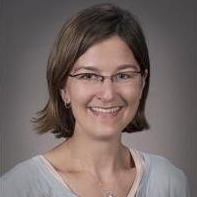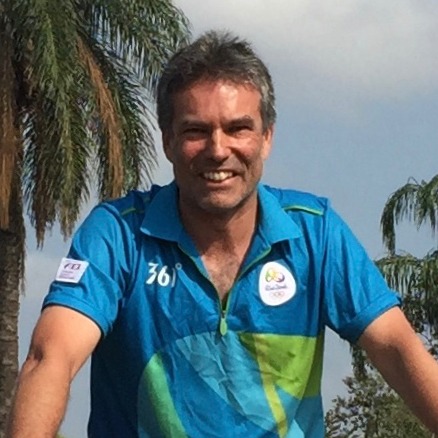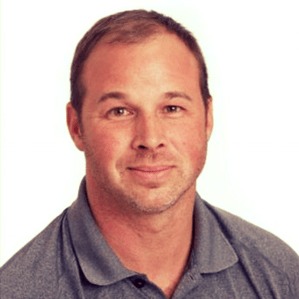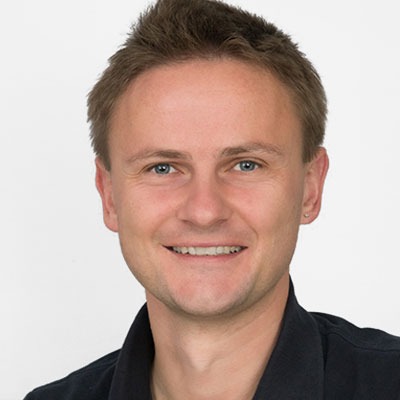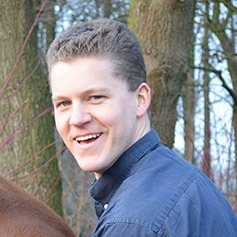Proximal Suspensory Ligament Desmitis Case-Discussions (FL vs. HL)
Species
Equine
Contact Hours
3 Hours
Early Booking Deadline
Thu, 01 January, 1970
Registration Deadline
Thu, 01 January, 1970
Language
English
Discipline
Orthopaedics
Sports Medicine
Surgery
Industry Partners
Global

Veterinary Partners
Global
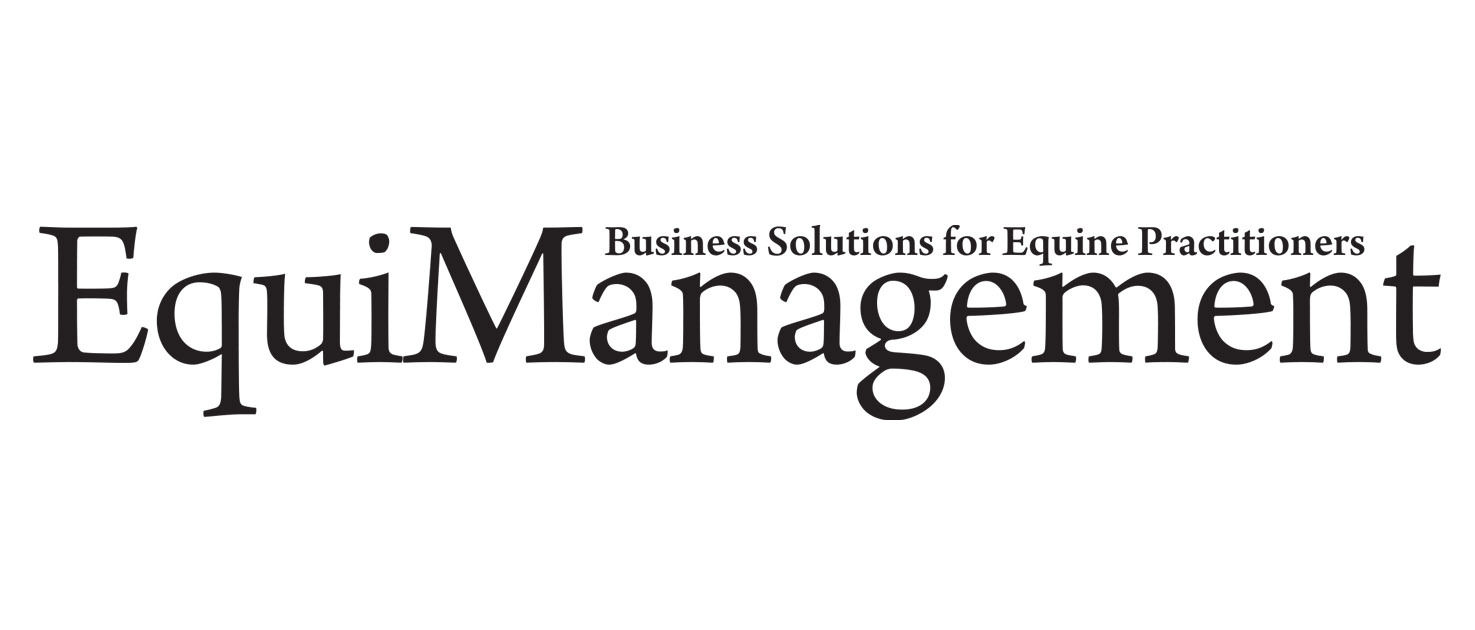
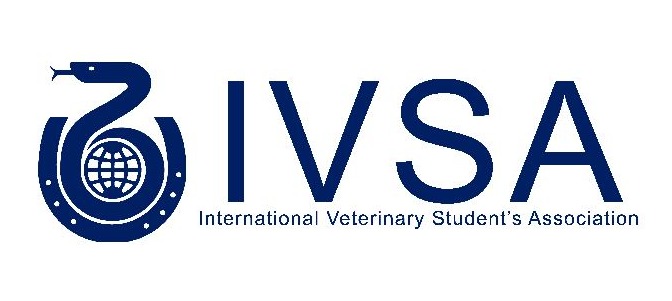
Recorded on: 31st May 2022
Panelists:
Michael Meulyzer DVM, DES, DACVS, DECVS - Dierenkliniek De Morette, Belgium
Kurt Selberg MS, DVM, DACVR - Inside Information Radiology - USA
Martin Waselau MCs, DACVS, DECVS, MRCVS - Equine Hospital Aschheim, Germany
Ashlee Watts DVM, PhD, DACVS - Texas A&M University, USA
Moderator:
Bruce Bladon BVM&S, CertEP, DESTS, DECVS, FRCVS —Donnington Grove Vet Group, UK
CONTENT DESCRIPTION
Proximal suspensory desmitis is one of the most important causes of lameness, comparable to “navicular disease”. The trouble is, it is probably as ill defined as "navicular disease”! In foot lameness, MRI has generated a wealth of information leading to the recognition of many different diagnoses with associated differing prognoses, even if therapeutics has lagged behind. Proximal suspensory desmitis has however remained much more enigmatic. The variability of ultrasonography, combined with the technical challenges of MRI, either due to movement or the requirement for general anaesthesia, have led to the fact that a diagnosis of proximal suspensory desmitis is probably no more specific than that of “navicular disease”.
The panel of internationally renowned multidisciplinary specialists will discuss the diagnosis, treatment and prognosis of the second most important condition affecting the ridden horse via case-discussions. The imager on the panel will exaggerate the significance of small anatomic variations, the regenerative medicine expert will want to inject these areas with some remarkably sophisticated new products, and the surgeon will want to perform neurectomies after the other two have almost completely exhausted the clients' budget. In other words, the panel will discuss the difficulties of imaging the proximal suspensory ligament, and ensuring interpretation is repeatable amongst veterinary surgeons. They will discuss the latest therapeutic options available to enhance healing, and the evidence supporting such interventions. And finally, has there been any progress beyond hacking the nerves out of the affected area?
Ashlee Watts DVM, PhD, DACVS, is director of the lab and an equine orthopedic surgeon in the Department of Large Animal Clinical Sciences. Her clinical interest in the performance horse is a focus point for the dedicated study of orthopedic diseases and the development of innovative targeted therapeutic measures. Dr. Watts works with board certified faculty members on the Equine Orthopedics, Equine Sports Medicine & Imaging and Diagnostic Imaging services at Texas A&M and collaborates with basic scientists and veterinarians throughout the world to advance the field of equine orthopedics and regenerative medicine. The laboratory is located in the new wing of the Veterinary Medical Research Building, immediately adjacent to the Large Animal Hospital at Texas A&M.
The Comparative Orthopedics and Regenerative Medicine Laboratory serves the equine industry and veterinary community by: engaging in orthopedic and regenerative medicine research with immediate impact to both equine and human athletes; providing guidelines and strategies for management of equine clinical cases through incorporation of innovative regenerative technologies; and educating undergraduate students, veterinary students, veterinary residents, graduate students, and visiting scientists in equine regenerative techniques for orthopedic disease.
Areas of research emphasis include techniques of stem cell isolation and expansion for improved safety of autologous therapy, investigation into the basic mechanisms of stem cell therapy, investigation into novel musculoskeletal therapies for tendon, ligament and bone injury and osteoarthritis prevention. The overriding goal of the laboratory is to provide for the dedicated study of orthopedic diseases and the development of innovative targeted therapeutic measures to treat orthopedic diseases.
Bruce is the hospital director at Donnington Grove Veterinary Group in Newbury. His interests include colic, arthroscopy and fracture repair. He has been one of the pioneers of surgery in the standing horse, and he is one of the most experienced equine surgeons in the UK. He has lectured and taught around the world on the techniques and results of equine surgery.
Kurt Selberg is a North Idaho native; where his family owned a quarter horse ranch. After completing his doctorate in veterinary medicine from Washington State University, he completed an equine sports medicine internship at Virginia Equine Imaging in Middleburg, VA. He received his training in diagnostic imaging from Colorado State University and is a Diplomate of the American College of Veterinary Radiologists. Following his residency he completed fellowship in advanced imaging with training from Colorado State University and from Musculoskeletal Radiologists in Fort Collins, CO. He was an Assistant Professor of equine diagnostic imaging at the University of Georgia for 4 years before returning to an equine diagnostic imaging position at Colorado State University in September of 2016. His area of interest is the equine athlete and musculoskeletal diagnostic imaging. Dr. Selberg is a certified member and lecturer at many of the International Society of Equine Locomotor Pathology continuing education events. He is also an FEI treating veterinarian. Most recently, he was the on site imaging consultant for the 2018 World Equestrian Games. Aside from radiology, he also enjoys skiing , jiu jitsu, fishing, spending time with good friends and family, his lovely wife Katie and 2 children, and two yellow dogs.
Martin qualified from the Free University of Berlin, Germany in 2001 and finished is Doctoral Thesis at the Vetsuisse Faculty, University of Zurich in Switzerland in 2003. Thereafter, he got accepted for an Internship in Equine Medicine and Surgery at the Kansas State University followed by an AO/ASIF fellowship at Texas A&M University, USA. Subsequently, he completed an Equine Surgery Residency (surgical specialisation) at The Ohio State University. He became a Diplomate of the American and European College of Veterinary Surgeons in 2009. Following his residency, he returned to the University of Zurich as a large surgeon. Thereafter, he accepted a position as clinical teacher at the University of Helsinki before returning to his home country Germany.
In 2014, Martin became a partner of the Equine Hospital Aschheim in the greater Munich area. There, he established the Equine Diagnostic Center Munich with focus on advanced imaging such as computed and magnetic resonance tomography. Martin established the first equine hospital worldwide, in which MRI of stifles are routinely performed independent on age, breed, gender and size of the horse. Furthermore, he is focussing on advanced imaging techniques, e.g., computed tomography, myelography and myelo-CTs.
His daily work includes diagnosis and therapy of lameness. Martin's surgical interests are minimal invasive surgery, fracture repair, spinal and particularly wobbler surgery. Worldwide, he is one of the few surgeons, who performs wobbler surgery routinely and therefore, the Equine Hospital Aschheim developed into a European referral center for this procedure.
Martin has published several clinical articles in peer-reviewed veterinary journals and lectures regularly at national and international courses/conferences, e.g., ACVS, BEVA, ECVS, GEVA.
Michael Meulyzer graduated in 2004 as veterinarian at the University of Ghent. After an internship position of one year at Equine Clinic De Bosdreef, he lectured practical exercises in veterinary anatomy at the University of Antwerp. In 2006, he moved to Canada where he achieved his DES graduate (Diploma of specialist) in Equine Surgery at the University of Montreal. In february 2010, he became Diplomate of the American College of Veterinary Surgeons (ACVS) and Diplomate of the European College of Veterinary Surgeons (ECVS). Since 2009, he joined the team of Equine Clinic De Morette, where his main activities are surgery, orthopaedics and dental care by horses.
Veterinary Student
Online Panel Discussion
USD 35.00
Qualified Vet
Online Panel Discussion
USD 85.00
Intern/Resident (Requires proof of status)
Online Panel Discussion
USD 65.00
Vet Nurse/Vet Tech (Requires proof of status)
Online Panel Discussion
USD 65.00
If the options you are looking for are unavailable, please contact us.
No tax will be added unless you are a UK taxpayer
Choose currency at checkout



